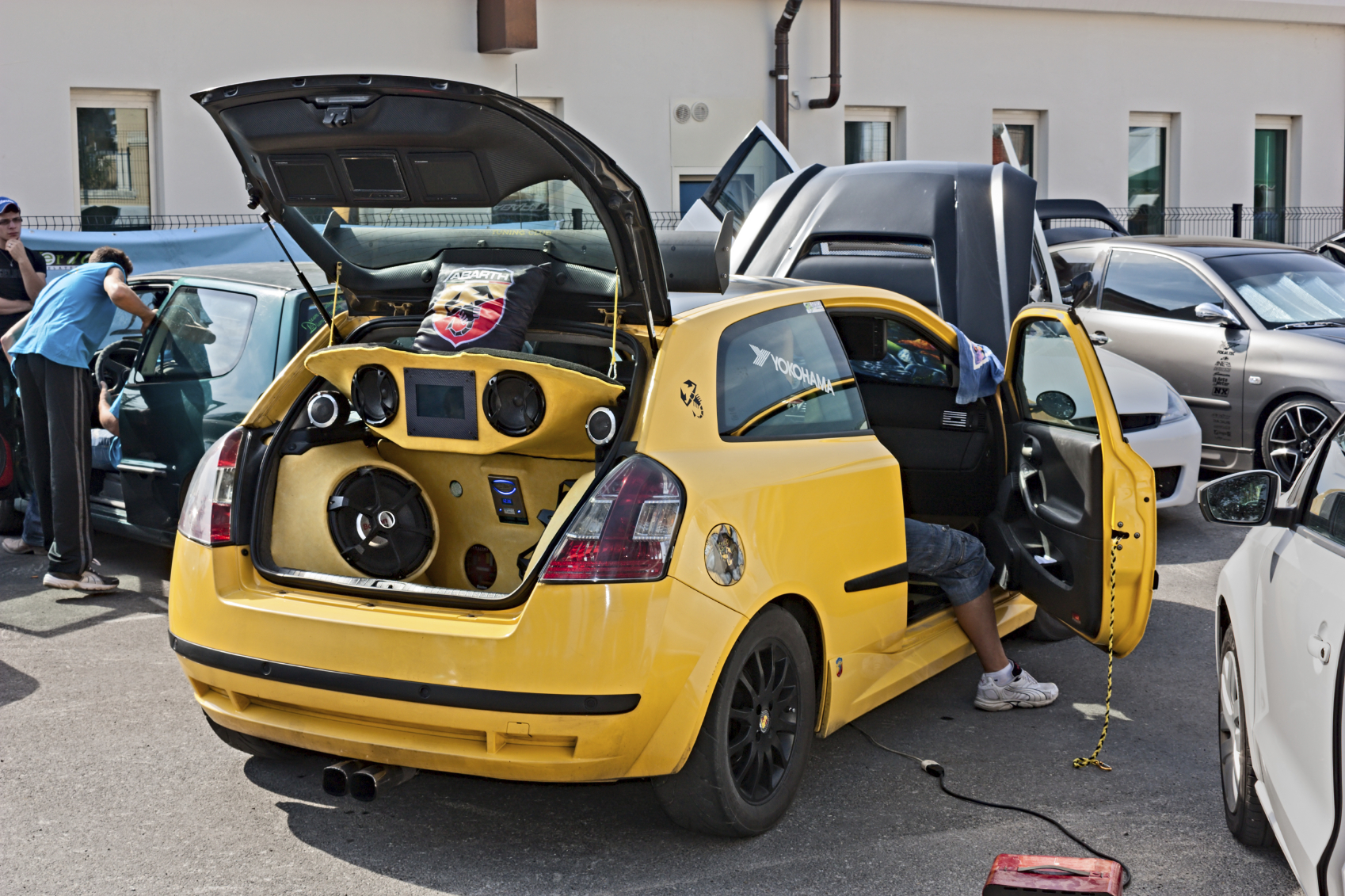
Research carried out by MoneySuperMarket suggests that some alterations could cause insurance costs to double.
Analysis of 2.3 million insurance quotes for modified vehicles found that adding performance-enhancing and aesthetic features increases premiums the most, and they may invalidate an insurance policy if the insurer isn’t informed.
Fitting a turbo engine, for example, could boost premiums by up to 132% — the average premium rising from £494 to £1,146, more than double.
Alternatively, drivers may see their premiums rise by up to 66% if they change their car’s bodywork by adding a bonnet bulge, flared wings or wheel arches.
Other modifications that cause significant hikes include — transmission or gearing changes (63% rise), a complete body kit and panel (57%), roll bars, roll cages and the removal of seats (41%), “uprated” brakes (36%), changes to the exhaust system (26%) and upgrading the suspension (25%).
Even changing the look of the car by having paintwork done or adding “stripes, decals or badges” will see premiums rise up to 36%.
It’s not all bad news, though — some modifications can push premiums down.
Adding parking sensors will see average prices fall by 13% and installing a tow bar — typically meaning slower driving — will see premiums reduced by 20%.
Kevin Pratt, consumer affairs expert at MoneySuperMarket, said: “Modifications can be a great way to personalise a car and can improve performance, but they can also quickly bump up the cost of your car insurance.
“Insurance is based on risk, and modifying your car is a warning sign to insurers.
“For example, spoilers or turbo engines will mean a vehicle goes faster, and therefore increase the likelihood of an accident.
“Car phones and sat-navs are attractive to opportunistic thieves, so insurers balance the scales by pushing premiums up.
“Female drivers are more likely to opt for functionality improvements, while male drivers are fonder of aesthetic and performance-enhancing modifications.
“Men are six times more likely to install a turbo engine, or add ‘uprated’ brakes.
“Women on the other hand, are 44% more inclined to choose parking sensors.
“For some, modifications are an addictive hobby, but the most important thing to remember is to inform your insurer of any changes, preferably before you make them, so you can find out the impact on your insurance.
“You certainly shouldn’t wait until it’s time to renew your policy.
“When you change anything about your car, you change the original specification which may invalidate your policy.
“Reporting the changes might mean a higher premium, but having an invalid policy is considered fraudulent and could reduce or even remove the prospect of a payout if you had to make a claim,” warns Kevin.
“Those who have modified their vehicles and experienced price hikes should shop around at renewal to ensure they’re getting the best deal possible.
“Using MoneySuperMarket could save 51% of customers up to £231.742 on their car insurance.”
READ MORE

Enjoy the convenience of having The Sunday Post delivered as a digital ePaper straight to your smartphone, tablet or computer.
Subscribe for only £5.49 a month and enjoy all the benefits of the printed paper as a digital replica.
Subscribe